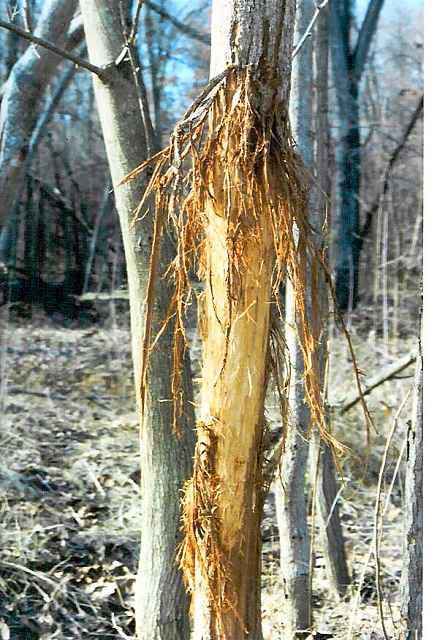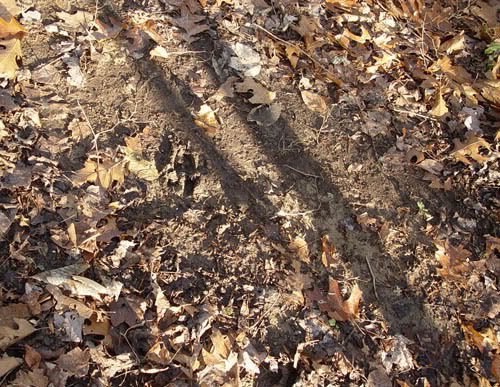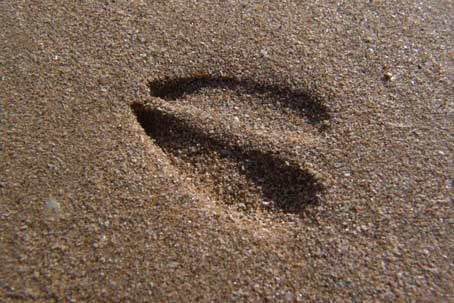The most skilled hunter can hunt without the advantages of equipment. The best chance you have of having a successful hunt comes with skill and planning.
- Pick Your Spot Wisely. Look for tell tale signs of game movement. Follow along game trails, but try as much as possible not to disturb them.
+Things to look for:Droppings - Whitetail droppings are small and spherical; usually in small mounds.
Hoof Prints - Whitetail hooves are cleft shape and point forward. Wide spread between the toes indicates heavy weight distribution on that stride. Also a good indication of direction on game trails.
Rubs & Scrapes - During the rut, bucks will mark their territory by rubbing their antlers on trees (usually cedars and other evergreens). These are rubs. This leaves scent behind and is a good visual territorial marking. Bucks will also paw at the ground with their front hooves (scrapes) leaving behind scent as well. Both will be refreshed frequently in commonly traveled areas. Fresh rubs will expose green wood beneath the bark. Look for layers in peeled bark with varying dryness. The more layers, the more often the rub is checked and refreshed. Fresh scrapes will have fresh soil and be mostly devoid of leaves and pine needles.
Broken Twigs - Along game trails, look for broken branches; this will help you in determining the general direction of the animals walking along the path.
Food & Water Sources - During the late fall, whitetail will be packing on weight for the cold winter months ahead. Honey suckle and acorns will be your best bet.
Musky Odor - One way bucks will mark their territory is by urinating down their hind legs. On the inside of their knees is a scent gland, and when moist (especially with urine) gives off a particularly pungent odor. It's hard to describe, but you never forget it.
+Set Up Your Spot: Once you've determined a spot where you are most likely to see deer (based on the quantity and quality of the above mentioned things), it's time to set up a good hunting position. You want a position anywhere from 25 yards to 100 yards depending on the visibility and your skill as a marksman. You want a spot that provides good cover for you and breaks up your silhouette, but you want a spot that has little growth interference between you and your predicted shot. Look for downed trees, or even trees with large trunks for you to sit up against. You want your spot to be downwind of of the general direction of the game trail as well. Your scent could be your ultimate downfall if you don't pick your spot wisely.
- Don't Overdo It. Extra equipment such as calls and scents can be overused, and can be more of a burden than an aid. Practice is essential to maximizing the effect of these items. If you insist on using a call or scent, READ THE ENCLOSED INSTRUCTIONS. These instructions were written by the people who developed the product; while they may not know best, they've got a damn good idea. Look for instructional videos and discussions online. Places like these forums are great for that kind of info.
-Dress In Layers. The more layers the better. Airspace between your clothing is the best insulator against cold air, and if you get too warm, you can always take layers off.
-Create As Little Noise As Possible. Deer have exceptional hearing, and are easily spooked. Some of the biggest deer you will ever see, you will only see from the tail end. When walking, use a soft heel to toe step; being mindful of fallen twigs and leaves. Try to muffle coughing, and use subtle and slow hand motions instead of whispering when at all possible.
I'm sure there is so much more that will come to mind. Researching your environment is key. Keep at it and experience will be the best piece of equipment that you will have.




